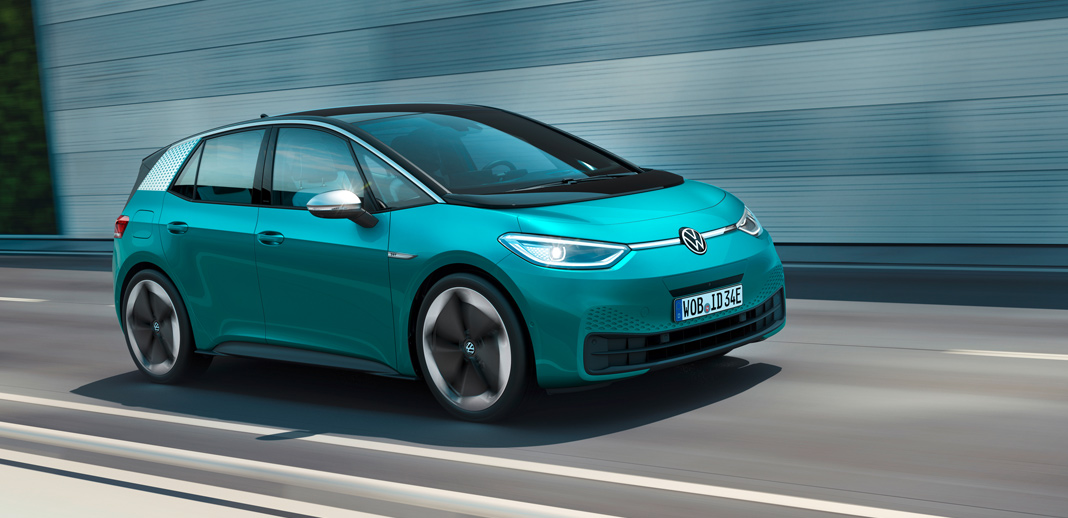Today, 9th September, marks the annual World Electric Vehicle Day. Electric Vehicles (EVs) have electric motors rather than internal combustion engines, powered by batteries. EVs are not a new concept. In fact, in the early 1900s EVs accounted for one third of all vehicles on US roads. Over one hundred years later, they are making a comeback as we move towards the decarbonisation of transport in a bid to reduce our generation’s impact on climate change. A decrease in combustion engine driving will lead to cleaner air in our environment.
Why are electric vehicles becoming more popular?
Other factors that are driving the EV trend forward are regulation and total cost of ownership. Despite higher upfront costs, EVs allow drivers to travel more miles using less energy, reducing the cost per journey. And thanks to further emissions regulations expected to come into effect in Europe and China, BloombergNEF forecasts that by 2040 over half of all car sales will be electric.
In Q1 of 2020 Tesla enjoyed a 40% increase in car sales and became the world’s most valuable carmaker. Other automotive OEMs are rushing to satisfy consumer demand for EVs and adapting their infrastructure to compete in this fast-growing industry. Volkswagen has just launched the ID. 3 with the promise of ‘emission-free mobility for all.’ Volkswagen is quickly becoming a pioneer of the electric vehicle revolution, with the ability to bring EVs to the mainstream market at scale in a cost-efficient way. We at Cubic Telecom are proud to have worked on the project to embed connectivity to the ID. family.
Connectivity driving performance
Connectivity is a prerequisite to electrification. Cubic’s connectivity enables telematics and shows drivers in real-time where to park and charge, what charging stations are available, how much battery is left etc. Cubic connects EVs to the cloud to make accessing this information simple for the EV owner. Additionally, we offer value added services to EV manufacturers via real-time analytics and insights which report on how a fleet of EVs is performing. This optimizes efficiencies and generates new revenue streams.
In the aftermath of the pandemic behaviours are expected to change in our approach to transport. At home charging stations could become more popular as they alleviate drivers’ concerns by eliminating public touch points such as shared pumps at gas stations. Drivers reduce risk of infection by charging their battery powered cars in the privacy of their homes. Another benefit of home charging station is that it is 2 – 3 times cheaper than public charging.
EV innovation at Elli and Volkswagen
Elli is a Volkswagen subsidiary which provides the ID. Charger, ID. Charger Pro and ID. Charger Connect as home charging stations to drivers of the ID. 3. The ID Charger Connect integrates connectivity, powered by Cubic Telecom in 34 European countries, enabling real-time charging control, managing multiple users and chargers, and accessing charging data anytime. Volkswagen even offers customers an installation package of the ID Charger to make the switch to electric as seamless as possible. The charger is equipped with WLAN unit, eSIM and LTE module.
For EVs to continue this rapid trajectory, more progress needs to be achieved in the areas of battery lifecycle and charging infrastructure. However, these innovative solutions from the likes of Volkswagen and Elli are steps in the right direction. You can learn more about the work Cubic is doing with other electric vehicle manufacturers to accelerate progress in the industry here (with e.GO Mobile) and here (with Arrival).

